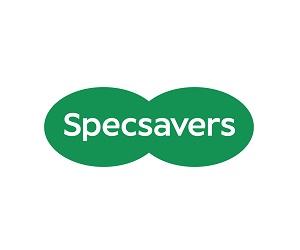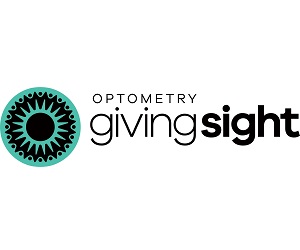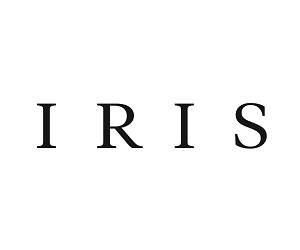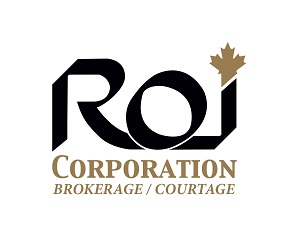
The time crunch is one of the great struggles of practice ownership. You need to balance doctoring with staff management, administrative duties, and all the other responsibilities of your life. Fortunately, there are principles you can follow to make this challenge more manageable.
At the start of a new year, many people make business goals, as well as personal resolutions. Come early spring, many of us are scratching our heads and wondering why we’ve yet to accomplish what we set out to do. I’ve written down my goals, you might say, I’ve even managed to itemize them into manageable steps, and yet, I have not accomplished them.
The excuse, so often, is a lack of time. Most people say after a full day of seeing patients, managing staff and administrative duties, there just aren’t enough hours in the day to accomplish additional tasks. But what if the problem isn’t how many hours we have, but how we are using them?
Match Task to Best Time of Day
Daniel Pink, author of WHEN: The Scientific Secrets to Perfect Timing, has done research and concluded that certain times of the day are better than others for doing different types of work. Understanding common time management mistakes is the first step to finding smart ways to structure your time more effectively.
Pink’s research points to evidence that a person’s circadian rhythms play into the success of each day. All times of the day are not equal in terms of prime productivity. One of the keys to success is matching certain tasks to the proper time of the day. Individual chronotypes (i.e: how your personal biorhythms operate) determine both mood and ability to perform at any given time of day. Not only do our personal circadian rhythms impact our physical function; they also affect both professional and ethical judgment.
Pink found that 14 percent of the population are natural morning people, 20 percent are true night owls, and the vast majority fall in the middle. For the vast middle, they move through the day in three stages matching their predictable biorhythms: peak, trough, rebound. An early lark will follow this pattern, but will reach each threshold earlier in the day, whereas a night owl will go through these rhythms in the reverse order.
What is the Synchrony Effect?
Pink describes something called the synchrony effect where if you match certain tasks with certain times of the day, your productivity will escalate. For example, for everyone except true night owls, in the morning we experience our peak rhythm, a time of elevated energy, mood and focus. This rhythm works well with analytical tasks such as writing reports, analyzing data, and other strong cognitive tasks that require focus and few distractions. Mornings would be a time to go over office financials, schedule glaucoma or macular degeneration follow-ups, visual fields, OCT testing or any other task that requires stronger mental attention.
Managing Your Moods
The trough period strikes at midday or early afternoon. Research shows at this period of the day moods plummet and focus deteriorates. Alarmingly, in a hospital study Pink sites in his book, incidence of medical error goes up in early afternoon, and the rate of hand-washing among hospital employees drops at this time of day.
How can we effectively navigate the downturn of mood and productivity among ourselves and our staff during the trough period of the day? Pink claims the negative effects of low mood and activity in early afternoon are mitigated by a break. A break, he explains, is not a deviation of performance, but rather, a recharge to aid in the rebound of energy and focus.
Interestingly, Pink found the type of break taken impacted its effectiveness. A social break is more productive than a solo one. A break that incorporates movement, such as a short walk, is better than a stationary break. An effective break recharges you.
Re-Think Your Schedule
Thinking about our daily schedules, many optometry offices utilize lunch breaks for office staff meetings or to schedule appointments with contact lens, drug or frame reps. Looking at Pink’s theory of time of day, the trough period is a better time to do administrative work, such as answering e-mails, or separating from the office altogether.
After an effective break, the trough period cycles into the final circadian rhythm, which is the rebound. Afternoons can be productive, but people tend to be less vigilant than they were in the morning, and can be more distracted. Afternoons are a perfect time for more creative endeavors. Brainstorming a change in schedule, or interviewing for a new hire? Afternoons are an ideal time for these tasks because mood and performance go back up and the brain is more open to new ideas, and less inhibited.
For the small number of people whose chronotypes of fall into the true night owl category, Pink explains these biorhythms work in reverse order: rebound, trough, peak, making creative endeavors flourish in the morning and analytical, focused demanding tasks more productive in the afternoon.
New research in the field of time management has unearthed interesting ideas that explain variance and productivity. The idea of pairing certain cognitive tasks with certain times of the day could increase our performance. Restructuring tasks to match our natural circadian rhythms could be the secret to achieving greater productivity.
What have you learned about yourself in maintaining productivity? What productivity struggles are your hardest, and how are you attempting to meet the challenge?

JENNIFER JABALEY, OD
is a partner with Jabaley Eye Care in Blue Ridge, Ga. Contact: jabaleyjennifer@yahoo.com























